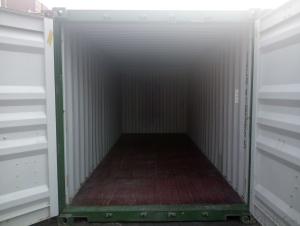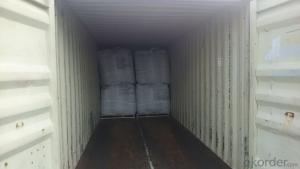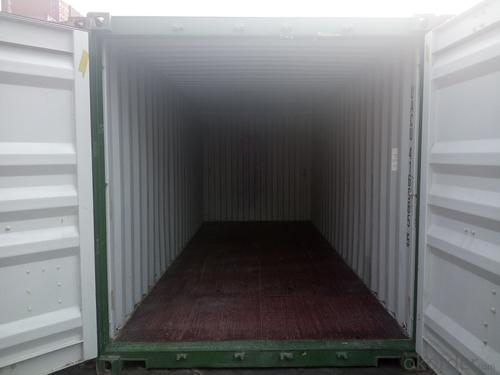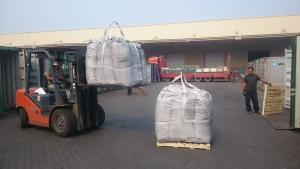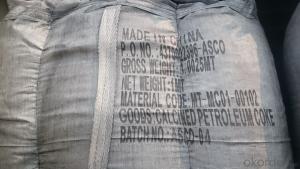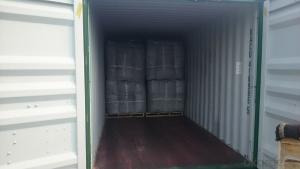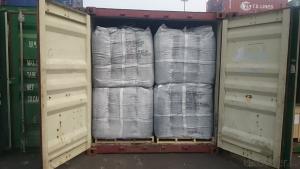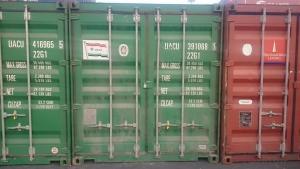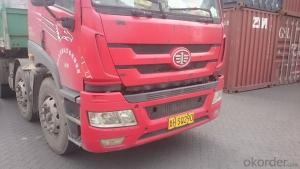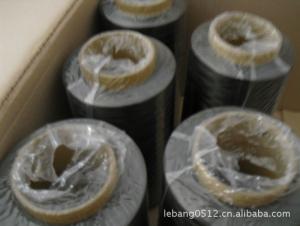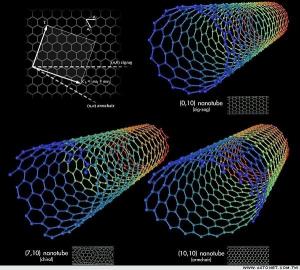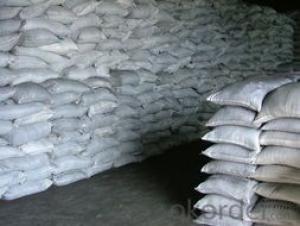Used in EAF as Charge Coke for Steel Mills with FC 90%min
- Loading Port:
- Tianjin
- Payment Terms:
- TT OR LC
- Min Order Qty:
- 21 m.t.
- Supply Capability:
- 6000 m.t./month
OKorder Service Pledge
OKorder Financial Service
You Might Also Like
Introduction:
Calcined anthracite can be called carbon additive, carbon raiser, recarburizer, injection coke, charging coke, gas calcined anthracite.
Carbon Additive/Calcined Anthracite Coal may substitute massively refinery coke or graphite. Meanwhile its cost is much less than the refinery coke and graphite. Carbon Additive is mainly used in electric steel ovens, water filtering, rust removal in shipbuilding and production of carbon material.
It has good characteristics with low ash, low resistivity, low sulphur, high carbon and high density. It is the best material for high quality carbon products. It is used as carbon additive in steel industry or fuel.
Features:
Best quality Taixi anthracite as raw materials through high temperature calcined at 800-1200 ℃ by the DC electric calciner with results in eliminating the moisture and volatile matter from Anthracite efficiently, improving the density and the electric conductivity and strengthening the mechanical strength and anti-oxidation, It has good characteristics with low ash, low resistivity, low carbon and high density. It is the best material for high quality carbon products, it is used as carbon additive in steel industry or fuel.
Specifications:
F.C.% | 95MIN | 94MIN | 93MIN | 92MIN | 90MIN | 85MIN | 84MIN |
ASH % | 4MAX | 5MAX | 6 MAX | 6.5MAX | 8.5MAX | 12MAX | 13MAX |
V.M.% | 1 MAX | 1MAX | 1.0MAX | 1.5MAX | 1.5MAX | 3 MAX | 3 MAX |
SULFUR % | 0.3MAX | 0.3MAX | 0.3MAX | 0.35MAX | 0.35MAX | 0.5MAX | 0.5MAX |
MOISTURE % | 0.5MAX | 0.5MAX | 0.5MAX | 0.5MAX | 0.5MAX | 1MAX | 1MAX |
Pictures

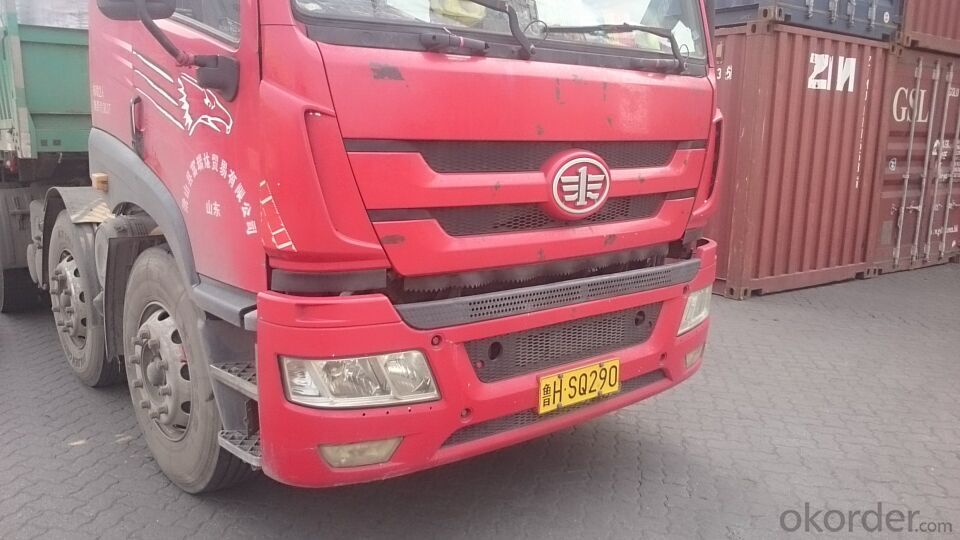
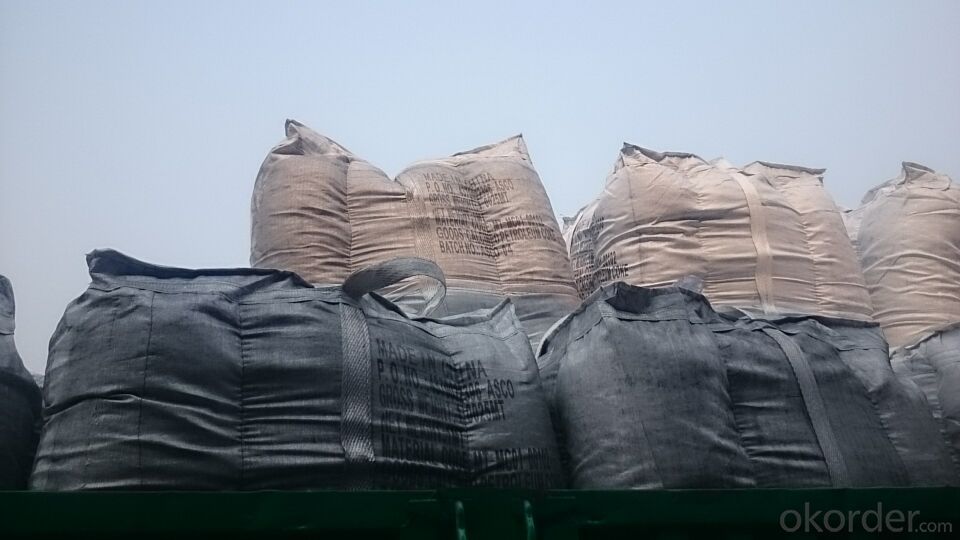
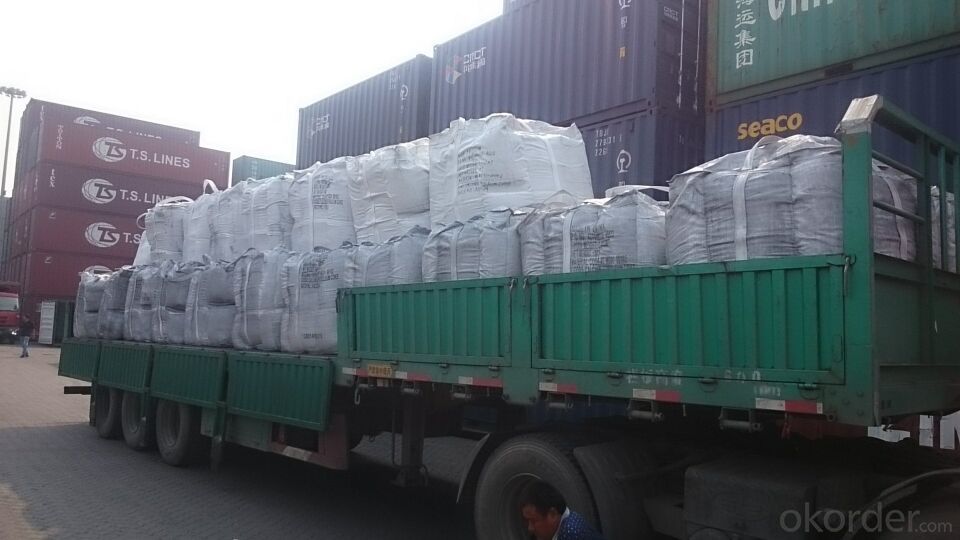
FAQ:
Packing:
(1). Waterproof jumbo bags: 800kgs~1100kgs/ bag according to different grain sizes;
(2). Waterproof PP woven bags / Paper bags: 5kg / 7.5kg / 12.5kg / 20kg / 25kg / 30kg / 50kg small bags;
(3). Small bags into jumbo bags: waterproof PP woven bags / paper bags in 800kg ~1100kg jumbo bags.
Payment terms
20% down payment and 80% against copy of B/L.
Workable LC at sight,
- Q: What are the impacts of carbon emissions on the stability of mountains?
- Mountains are significantly affected by carbon emissions, which have various negative consequences on their stability. One major impact is the acceleration of global warming, resulting in the rapid melting of glaciers and permafrost. Since mountains house numerous glaciers, the rising temperatures cause them to melt at an alarming rate. This melting process can lead to mountain destabilization, increasing the occurrence of landslides and rockfalls. In addition, carbon emissions also contribute to the acidification of rainwater. This acid rain can erode rocks and soil in mountains, weakening their stability. Consequently, this erosion can cause slope instability, making mountains more prone to landslides and other forms of mass movements. Furthermore, carbon emissions play a role in altering precipitation patterns. Mountain ecosystems heavily rely on a delicate balance of rainfall and snowfall. However, the impact of climate change, caused by carbon emissions, disrupts this balance and results in changed precipitation patterns. Consequently, this alteration can lead to increased water runoff and a decrease in snowpack, both of which contribute to mountain destabilization. Moreover, the indirect impacts of carbon emissions on mountain stability can be seen through changes in vegetation patterns. With rising temperatures, plant species tend to migrate to higher altitudes in search of cooler climates. This migration can result in the loss of vegetation in lower elevation areas, which are crucial in stabilizing slopes and preventing erosion. The absence of vegetation cover leads to increased soil erosion, making mountains more vulnerable to landslides and other erosive processes. In conclusion, carbon emissions have severe consequences on the stability of mountains. The acceleration of global warming, acidification of rainwater, altered precipitation patterns, and changes in vegetation patterns all contribute to the destabilization of mountains. It is vital to reduce carbon emissions and mitigate climate change to protect and preserve these majestic natural formations.
- Q: What are the impacts of carbon emissions on the stability of polar ice caps?
- Carbon emissions have significant impacts on the stability of polar ice caps. The primary cause of these emissions is the burning of fossil fuels, which releases large amounts of carbon dioxide into the atmosphere. As a greenhouse gas, carbon dioxide traps heat and contributes to global warming and climate change. This, in turn, leads to the melting of polar ice caps. The ice caps in the polar regions are highly sensitive to changes in temperature. As the Earth's temperature rises due to increased carbon emissions, the polar ice caps experience accelerated melting. This causes a rise in sea levels, which has consequences for coastal regions worldwide. Rising sea levels can lead to increased flooding, erosion, and the loss of valuable coastal ecosystems. Moreover, the stability of polar ice caps is crucial for maintaining the Earth's climate balance. The ice caps reflect sunlight back into space, acting as a natural cooling mechanism for the planet. As they melt, less sunlight is reflected, and more is absorbed by the Earth's surface, exacerbating the warming effect. This creates a feedback loop, where the melting of ice caps leads to further warming, causing even more ice to melt. The impacts of carbon emissions on polar ice caps are not limited to rising sea levels and climate change. The loss of ice also affects the delicate balance of ecosystems in these regions. Polar ice caps provide habitat and a food source for a diverse range of organisms, including polar bears, seals, and various species of birds. The melting of ice disrupts these ecosystems, leading to declines in wildlife populations and potential extinctions. Moreover, the melting of polar ice caps also affects global ocean currents and weather patterns. The cold, dense water that forms from melting ice sinks to the bottom of the ocean and drives important oceanic circulation patterns. Changes in these patterns can have far-reaching consequences, including altering the distribution of marine species, impacting fisheries, and influencing regional climates. To mitigate the impacts of carbon emissions on polar ice caps, it is crucial to reduce greenhouse gas emissions and transition to cleaner and renewable energy sources. International efforts, such as the Paris Agreement, aim to limit global warming and reduce carbon emissions to prevent further ice cap melting. Additionally, supporting research and monitoring programs in polar regions can help us better understand these complex systems and develop effective strategies for their conservation.
- Q: What are the impacts of carbon emissions on the stability of mangroves?
- Carbon emissions have significant impacts on the stability of mangroves. Increased carbon dioxide levels in the atmosphere contribute to global warming and subsequent sea level rise, which directly affects mangrove ecosystems. Rising sea levels reduce the ability of mangroves to absorb wave energy and protect coastlines, making them more vulnerable to erosion and storm damage. Additionally, higher carbon dioxide concentrations can impair the growth and development of mangroves, potentially leading to reduced biomass and overall ecosystem productivity. Therefore, carbon emissions pose a threat to the stability and resilience of mangrove ecosystems.
- Q: What is the chemical symbol for carbon?
- C is the designated chemical symbol for carbon.
- Q: Why carbon fiber resistant to low temperature
- Therefore, the carbon fiber composite core can be used in the design and manufacture of transmission carriers under extremely cold conditions, such as Antarctic research and research.
- Q: How does carbon dioxide affect ocean acidity?
- Carbon dioxide affects ocean acidity by increasing the concentration of carbonic acid in the water. When carbon dioxide dissolves in seawater, it reacts with water molecules to form carbonic acid, which then dissociates into hydrogen ions and bicarbonate ions. The increase in hydrogen ions leads to a decrease in pH, making the ocean more acidic. This process is known as ocean acidification and can have harmful effects on marine life, particularly on organisms with calcium carbonate shells or skeletons, as the increased acidity can make it harder for them to build and maintain their structures.
- Q: The dangers of grilled BBQ on humansWhat are the dangers of a charcoal barbecue?
- Many people may be skeptical - burnt food really carcinogenic? The American Cancer Society will actively publicly called for "eat barbecue foods, because according to the result of medical research, a piece of a pound (about three steaks) barbecue steak, enough to produce carcinogenic substances the equivalent of six hundred cigarettes, which is one reason why many people do not smoke get lung cancer.According to animal experiment confirms that burnt food can lead to animal cancer.
- Q: How is carbon dioxide released into the atmosphere?
- Carbon dioxide is released into the atmosphere through various natural and human activities. Natural processes like volcanic eruptions and the decomposition of organic matter release carbon dioxide. However, human activities such as burning fossil fuels, deforestation, and industrial processes are the primary sources of carbon dioxide emissions into the atmosphere.
- Q: What are the applications of graphite in industry?
- Graphite has various applications in the industry due to its unique properties. It is commonly used as a lubricant in machinery and equipment due to its low friction coefficient. Graphite is also used as an electrode material in batteries, as it can store and release electrical energy efficiently. Additionally, it is used in the production of crucibles, refractory materials, and foundry molds due to its high heat resistance. Graphite is also utilized in the manufacturing of steel and other metals, as it acts as a carbon additive to improve their strength and durability.
Send your message to us
Used in EAF as Charge Coke for Steel Mills with FC 90%min
- Loading Port:
- Tianjin
- Payment Terms:
- TT OR LC
- Min Order Qty:
- 21 m.t.
- Supply Capability:
- 6000 m.t./month
OKorder Service Pledge
OKorder Financial Service
Similar products
Hot products
Hot Searches
